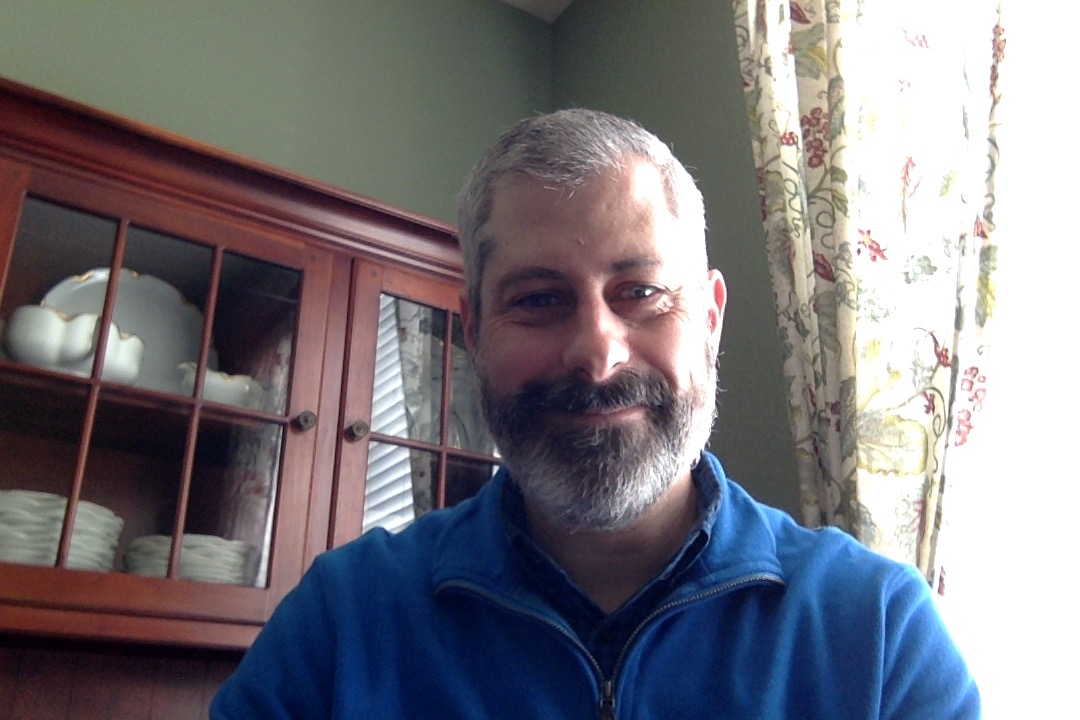The Problem in Ministering to Youth
- Shawn Young

- Apr 9, 2011
- 2 min read
Updated: Feb 19, 2020

I’ve only read the first chapter of Almost Christian so far, but oh what a first chapter it is. I have quibbles/questions with a few things Creasy Dean says, but she is an engaging writer. The first chapter is worth the price of the book for its summary of the problem. The problem is that, contrary to popular wisdom, youth in America tend to conform to the religious beliefs and practice of their parents to a very high degree. You can see where this is heading. The church has done an excellent job of passing on the faith it holds to the next generation. The problem is that the faith we’re passing on isn’t Christian.
Creasy Dean provides a helpful summary of the study’s findings. Most American teenagers have a positive view of religion. That’s the good news. The bad news is that they care very little about it. I’ve already mentioned that teenagers mirror their parents’ religious faith. The study also found that teenagers largely lack a theological vocabulary to express their faith. A minority of American teenagers, however, do say that religious faith is important, and that it makes a difference in their lives. Finally, Moralistic Therapeutic Deism accurately describes the religious outlook that a majority of teenagers espouse and enact. It bears little resemblance to any of the major world religions, including Christianity. Moralistic Therapeutic Deism is like a parasite that has sucked the vitality out of the faith so that what is left can no longer be called Christian.
As helpful as her summary is, as a pastor and father I was most struck by Creasy Dean’s evaluation of the youth group model so prevalent in American churches. She writes,
We have known for some time that youth groups do important things for teenagers, providing moral formation, learned competencies, and social and organizational ties. But they seem less effective as catalysts for consequential faith, which is far more likely to take root in the rich relational soil of families, congregations, and mentor relationships where young people can see what faithful lives look like, and encounter the people who love them enacting a larger story of the divine care and hope.
If she is correct, what place should youth groups continue to have in our churches? If the traditional youth group model is ineffective, how should we minster to adolescents in the church? The weakness of the youth group model highlights the formative importance, as Creasy Dean points out, of families and the larger church. The vows that we take (as parents and as a church) at a child’s baptism don’t expire when he or she reaches adolescence. If her analysis is on target, the Reformation model isn’t passe after all. Public worship, family worship, catechising, and the life of the larger church are far more (dare I say) relevant than hipster Christianity cares to admit. Before we discard these practices to the trash heap of history, maybe we should consider how God might use them to shape parents and therefore their children after them. These old practices are exactly suited to address the problem. Plus, it doesn’t hurt that God has promised to use these things.




Comments